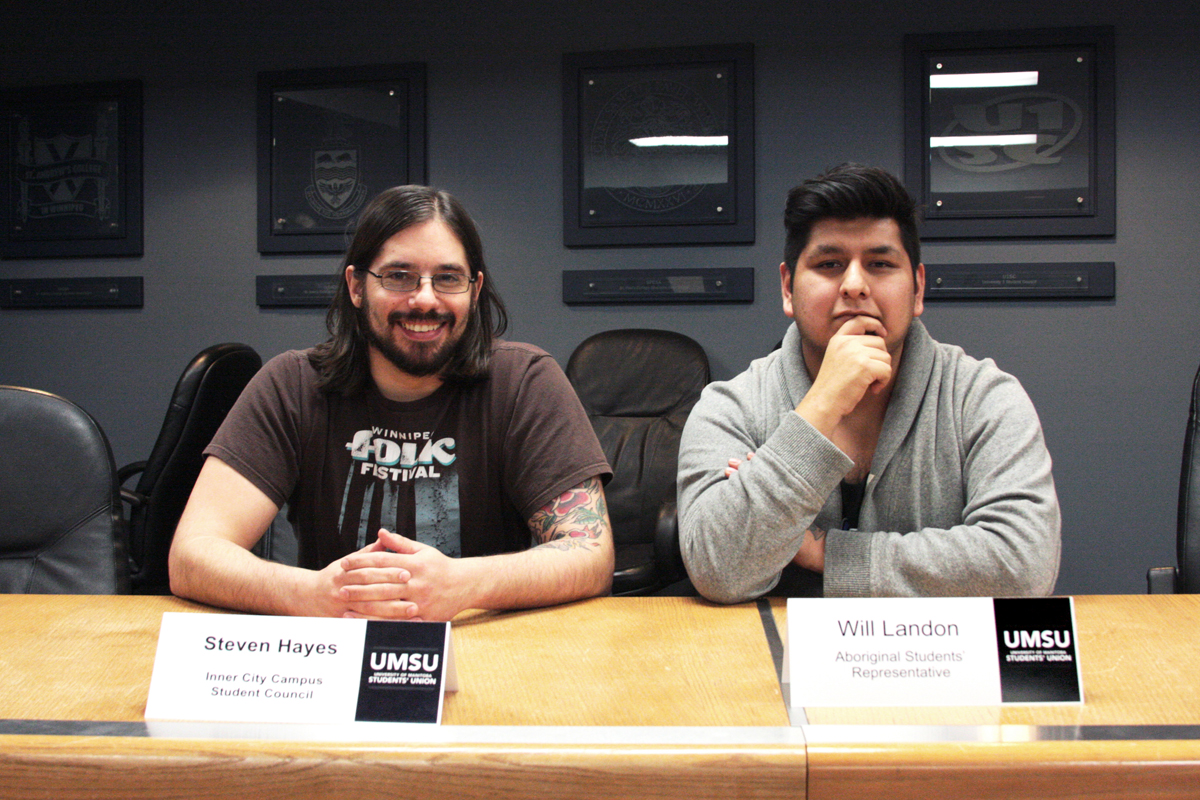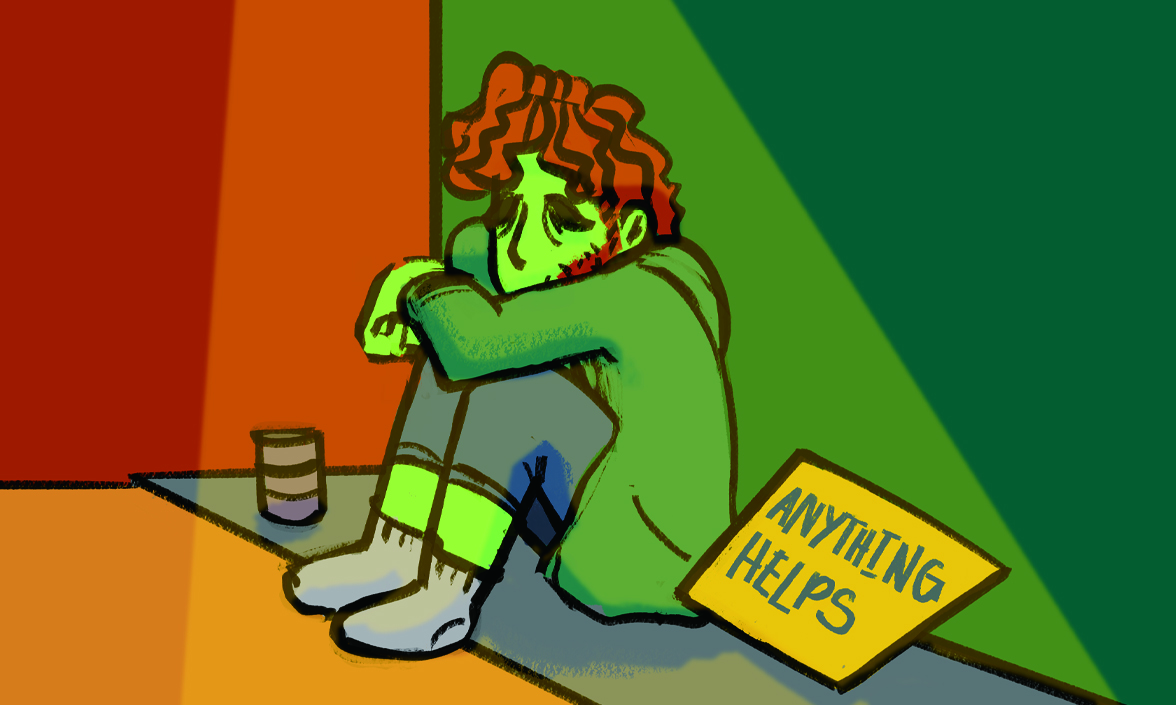Major cities across Canada are witnessing technological developments within their transit systems. Transit riders in Calgary, Edmonton, Kingston, Saskatoon and other cities have adjusted to a new “smart” method of payment, which allows passengers to swipe reloadable cards in place of bus tickets.
Winnipeg is also joining the trend, expecting to have buses equipped with Smartcard technologies by early 2012.
According to Tammy Melasko, communications officer with the City of Winnipeg, a technology study has been underway since last year.
“Right now the city is reviewing the technology that’s available, and they’re basically trying to find what the best solution is to fit what the city needs,” said Melasko. “The next step from here on would be to start working on setting up the processes and the infrastructure to support the system,” she said.
The Smartcards have an embedded microprocessor that is detected when the card is brought within the proximity of a card reader on the bus.
“The Smartcard is in a sense like a gift card. It stores a monetary value and then a cost is deducted from it once it is used [ . . . ] — eventually it runs out,” said Melasko.
The Smartcard component is part of a larger, more complex project, explained Melasko.
The city estimates a cost of about $15.3 million for completion, with the final step being installation and marketing. Melasko said that the cards would make it easier for riders, sparing them from carrying cash.
According to Melasko, the way the smart pass will be introduced into the system is still under review. “It’s not quite determined yet in terms of how its going to be implemented [ . . . ] [Winnipeg Transit] is looking at a number of options,” Melasko continued.
On Feb. 1, Saskatoon implemented the new technology at a cost of $2.8 million, after having first discussed the issue seven years ago.
According to Russ Dixon, Saskatoon Transit’s special projects coordinator, the system will provide a lot of benefits for the transit and ridership in Saskatoon.
“The biggest benefit for the transit system is the ability to have updated and accurate data as to where your customers are arriving, particularly what routes and what stops they’re getting on. [ . . . ]
New routes and schedules will rely on this data to tweak the system to meet the demands of the ridership,” said Dixon.
Dixon said they are excited about the project, despite some difficulties, “Any time you implement new technology, there’s going to be a few hiccups.”
He said sometimes the system may not read information of a route number correctly, and since the system includes an automatic transfer button, this may lead to a transfer coming up as “invalid.”
“We also have some cards not working and a couple of card readers that we’re having some challenges with as well,” he said.
Many Winnipeg riders remain skeptical of the actual advantages of the Smartcard.
Dallas Hansen, co-founder of TRUWinnipeg and former Winnipeg Free Press columnist, has been writing on the topic of urbanism for a decade. Hansen doesn’t think the new technology is necessary.
“I’m not really a champion of Smartcards. I don’t see how cash is inconvenient.”
Hansen also mentions concerns regarding civil liberties implications.
“Movement on and off buses can be tracked. They’ve already spent a bundle putting surveillance cameras and microphones on the buses, and as a civil libertarian I find all that deeply disturbing,” he said.
Mark Stewart, a first-year student who rides the bus to the U of M on a daily basis, has no doubt that Winnipeg’s transit system is flawed.
“It’s a gamble,” said Stewart. “The transit system is obviously broken, but how you pay for it isn’t the problem of the system.”
Stewart feels that the money could be invested more effectively.
“You could instead be buying more buses, improving routes, improving infrastructure [ . . . ] It’s a minor convenience for a waste of a lot of cash,” he said.
Hansen would agree on both fronts.
“The transit situation in Winnipeg is pretty dire.”
“Winnipeg has a traditional city grid with a lot of medium- to high-density neighborhoods [. . . ],” said Hansen. “The city is much better situated compared to Edmonton or Calgary to have high transit ridership — but the transit alternative has to be adequate.”
“I think $15 million could buy a lot of toasty bus shelters.”




